
How to Use R4 minima: Examples, Pinouts, and Specs
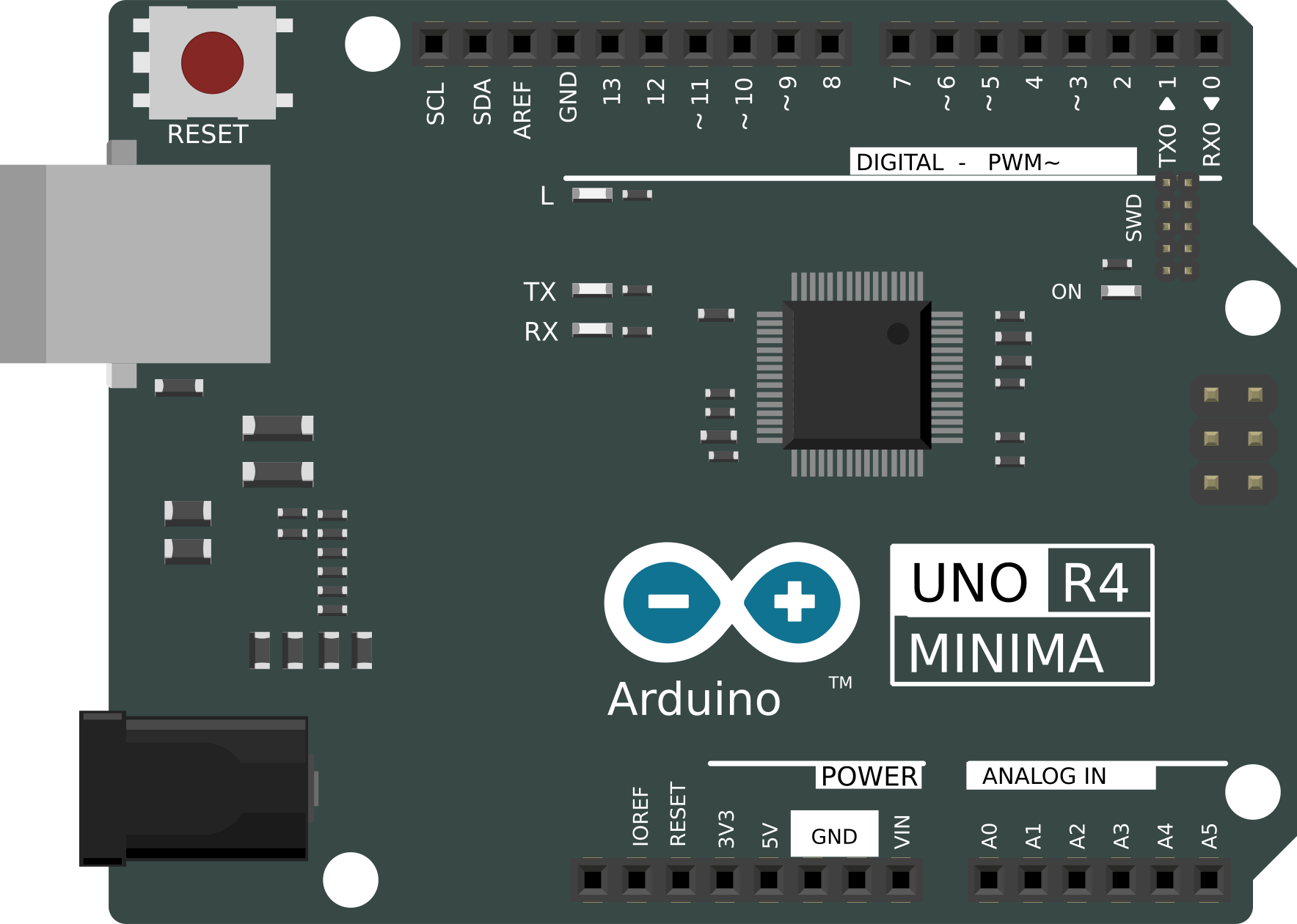
 Design with R4 minima in Cirkit Designer
Design with R4 minima in Cirkit DesignerIntroduction
The R4 Minima is a resistor component designed to provide a minimum resistance value in electronic circuits. It ensures that the current flow is maintained at a specified level, preventing excessive current that could damage other components. This resistor is commonly used in current-limiting applications, voltage dividers, and as a pull-up or pull-down resistor in digital circuits.
Explore Projects Built with R4 minima
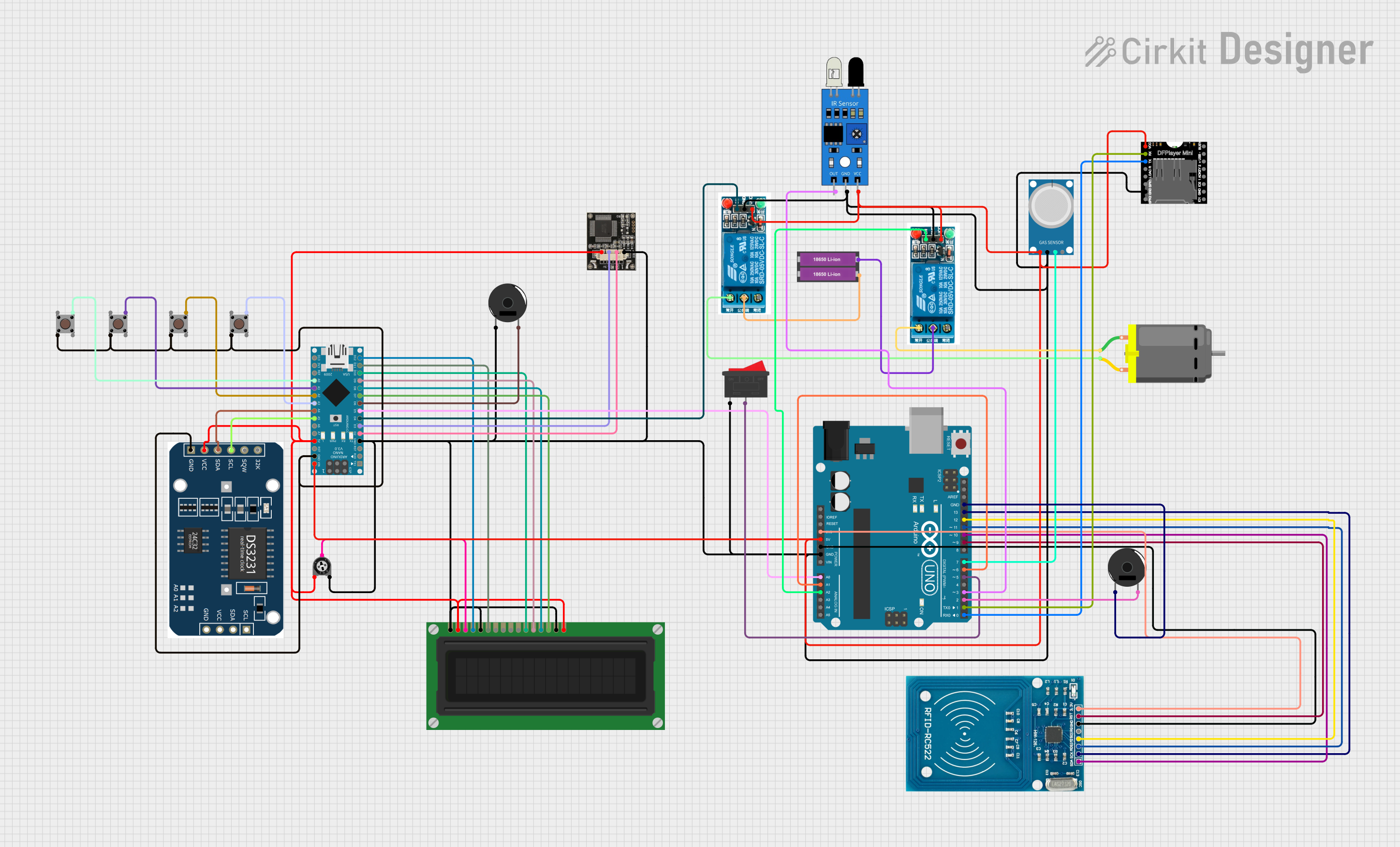
 Open Project in Cirkit Designer
Open Project in Cirkit Designer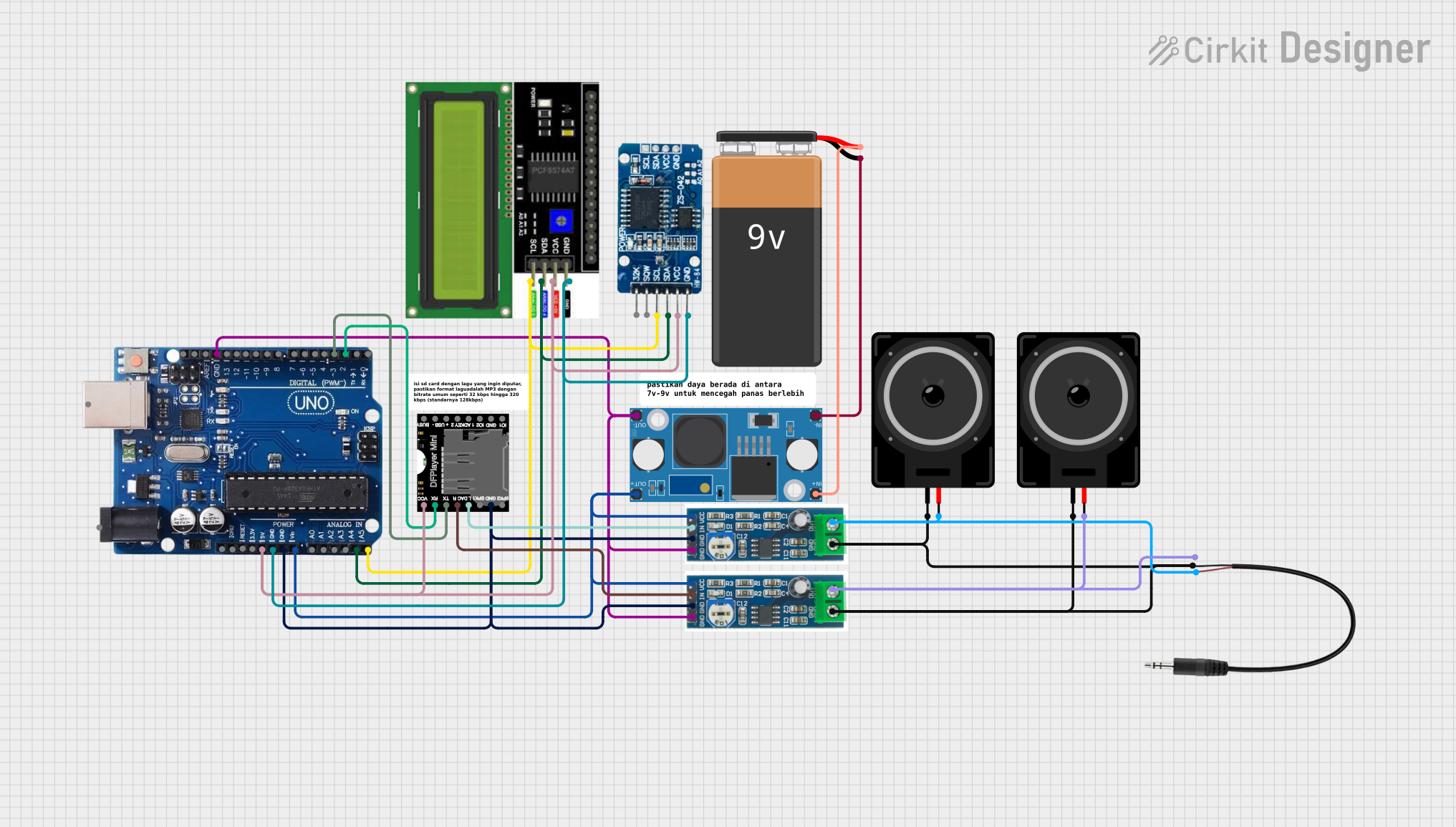
 Open Project in Cirkit Designer
Open Project in Cirkit Designer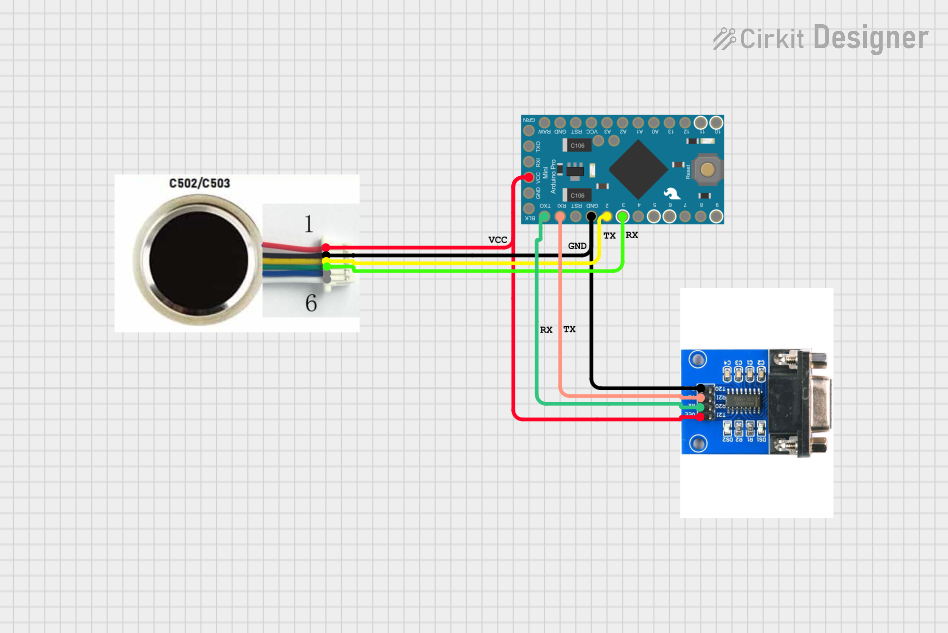
 Open Project in Cirkit Designer
Open Project in Cirkit Designer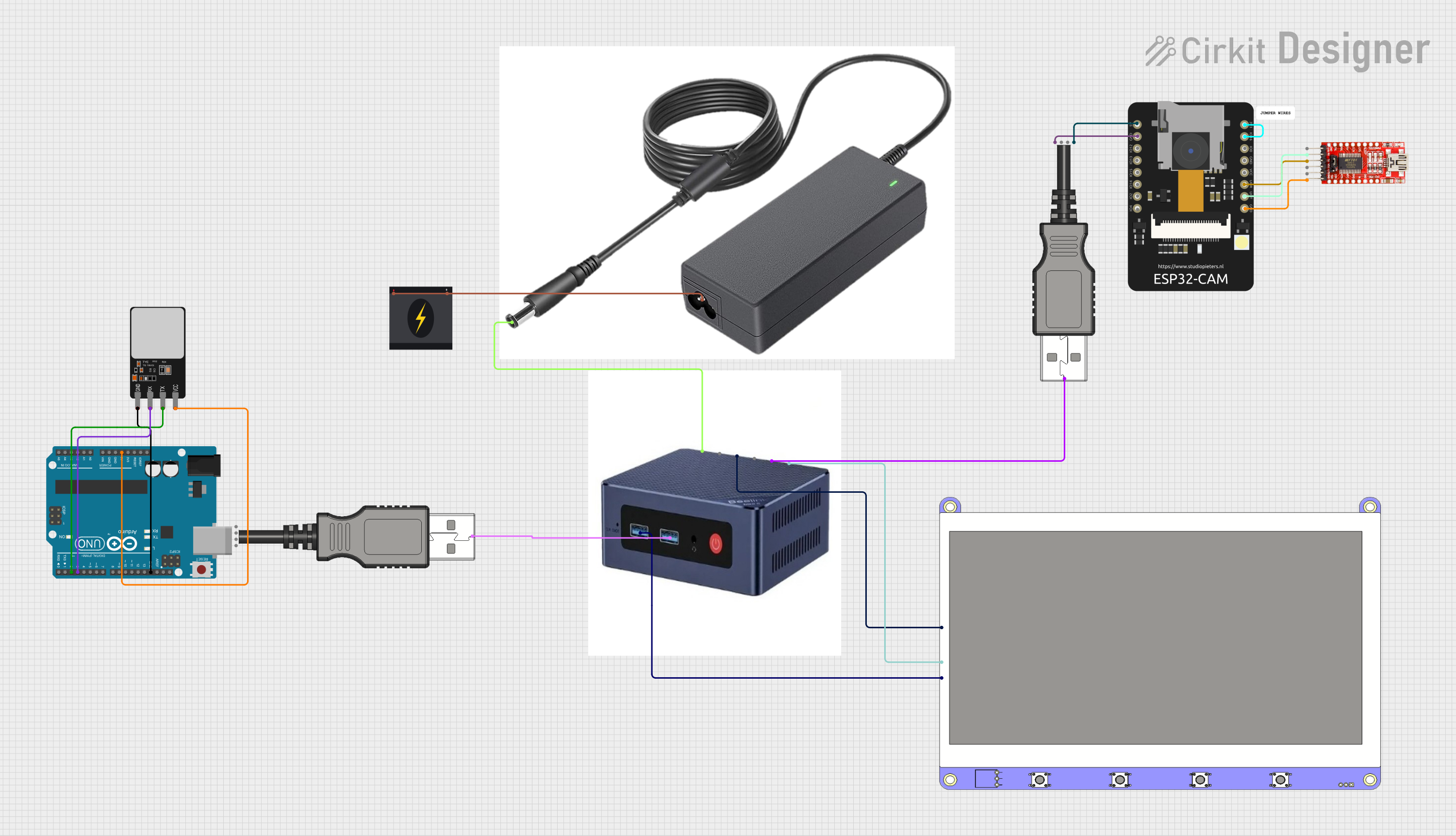
 Open Project in Cirkit Designer
Open Project in Cirkit DesignerExplore Projects Built with R4 minima

 Open Project in Cirkit Designer
Open Project in Cirkit Designer
 Open Project in Cirkit Designer
Open Project in Cirkit Designer
 Open Project in Cirkit Designer
Open Project in Cirkit Designer
 Open Project in Cirkit Designer
Open Project in Cirkit DesignerCommon Applications and Use Cases
- Current limiting in LED circuits
- Voltage divider networks
- Pull-up or pull-down resistors in microcontroller circuits
- Protection of sensitive components from overcurrent
- Stabilizing circuit operation by maintaining a minimum resistance
Technical Specifications
The R4 Minima is available in various resistance values and power ratings to suit different applications. Below are the general specifications:
| Parameter | Value |
|---|---|
| Resistance Range | 1 Ω to 10 kΩ |
| Tolerance | ±5% (standard) or ±1% (precision) |
| Power Rating | 0.125 W (1/8 W) to 1 W |
| Maximum Voltage Rating | 200 V |
| Temperature Coefficient | ±200 ppm/°C |
| Operating Temperature | -55°C to +155°C |
Pin Configuration and Descriptions
The R4 Minima is a two-terminal passive component. The pins are not polarized, meaning it can be connected in either orientation. Below is the pin description:
| Pin | Description |
|---|---|
| Pin 1 | Connects to one side of the circuit |
| Pin 2 | Connects to the other side of the circuit |
Usage Instructions
How to Use the R4 Minima in a Circuit
- Determine the Required Resistance Value: Calculate the resistance value needed for your application using Ohm's Law or circuit design requirements.
- Select the Appropriate Power Rating: Ensure the resistor's power rating exceeds the power it will dissipate in the circuit. Use the formula:
[ P = I^2 \times R ]
where (P) is power, (I) is current, and (R) is resistance. - Connect the Resistor: Place the R4 Minima in the circuit at the desired location. Since it is non-polarized, orientation does not matter.
- Verify the Circuit: Double-check connections and ensure the resistor is not overloaded.
Important Considerations and Best Practices
- Avoid Overheating: Ensure the resistor operates within its power rating to prevent damage or failure.
- Use Precision Resistors for Critical Applications: For circuits requiring high accuracy, choose R4 Minima resistors with a ±1% tolerance.
- Check for Voltage Ratings: Ensure the resistor's voltage rating is not exceeded in high-voltage circuits.
- Use in Series or Parallel: Combine resistors in series or parallel to achieve non-standard resistance values or higher power ratings.
Example: Using R4 Minima with an Arduino UNO
Below is an example of using the R4 Minima as a current-limiting resistor for an LED connected to an Arduino UNO:
// Example: LED with current-limiting resistor using Arduino UNO
const int ledPin = 9; // Pin connected to the LED
const int resistorValue = 220; // R4 Minima resistor value in ohms
void setup() {
pinMode(ledPin, OUTPUT); // Set the LED pin as an output
}
void loop() {
digitalWrite(ledPin, HIGH); // Turn the LED on
delay(1000); // Wait for 1 second
digitalWrite(ledPin, LOW); // Turn the LED off
delay(1000); // Wait for 1 second
}
// Note: The R4 Minima resistor (220 ohms) is used to limit the current
// through the LED. This prevents the LED from drawing excessive current
// and ensures safe operation.
Troubleshooting and FAQs
Common Issues and Solutions
Resistor Overheating:
- Cause: The resistor is dissipating more power than its rated capacity.
- Solution: Use a resistor with a higher power rating or reduce the current in the circuit.
Incorrect Resistance Value:
- Cause: The wrong resistor value was selected or installed.
- Solution: Double-check the resistor's color code or measure its resistance with a multimeter.
Circuit Not Functioning as Expected:
- Cause: The resistor may be open (damaged) or improperly connected.
- Solution: Test the resistor with a multimeter and verify all connections.
LED Not Lighting Up in Arduino Circuit:
- Cause: The resistor value is too high, limiting the current excessively.
- Solution: Use a lower resistance value, ensuring it still limits current to a safe level for the LED.
FAQs
Q: Can I use the R4 Minima in high-frequency circuits?
A: Yes, but ensure the resistor's parasitic inductance and capacitance are negligible for your application. For very high frequencies, consider specialized resistors.
Q: How do I calculate the required resistance for an LED circuit?
A: Use the formula:
[
R = \frac{V_{supply} - V_{LED}}{I_{LED}}
]
where (V_{supply}) is the supply voltage, (V_{LED}) is the LED's forward voltage, and (I_{LED}) is the desired current through the LED.
Q: Can I use multiple R4 Minima resistors in parallel?
A: Yes, combining resistors in parallel reduces the total resistance and increases the power-handling capacity. Use the formula:
[
R_{total} = \frac{1}{\frac{1}{R_1} + \frac{1}{R_2} + \dots}
]
By following this documentation, you can effectively use the R4 Minima resistor in your electronic projects.